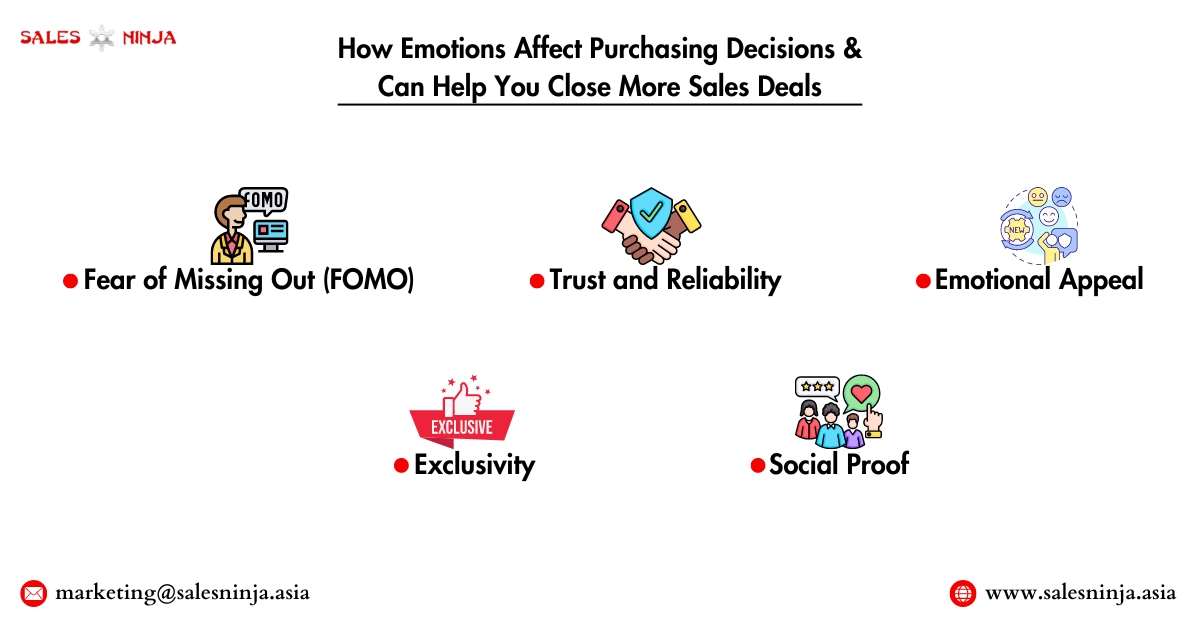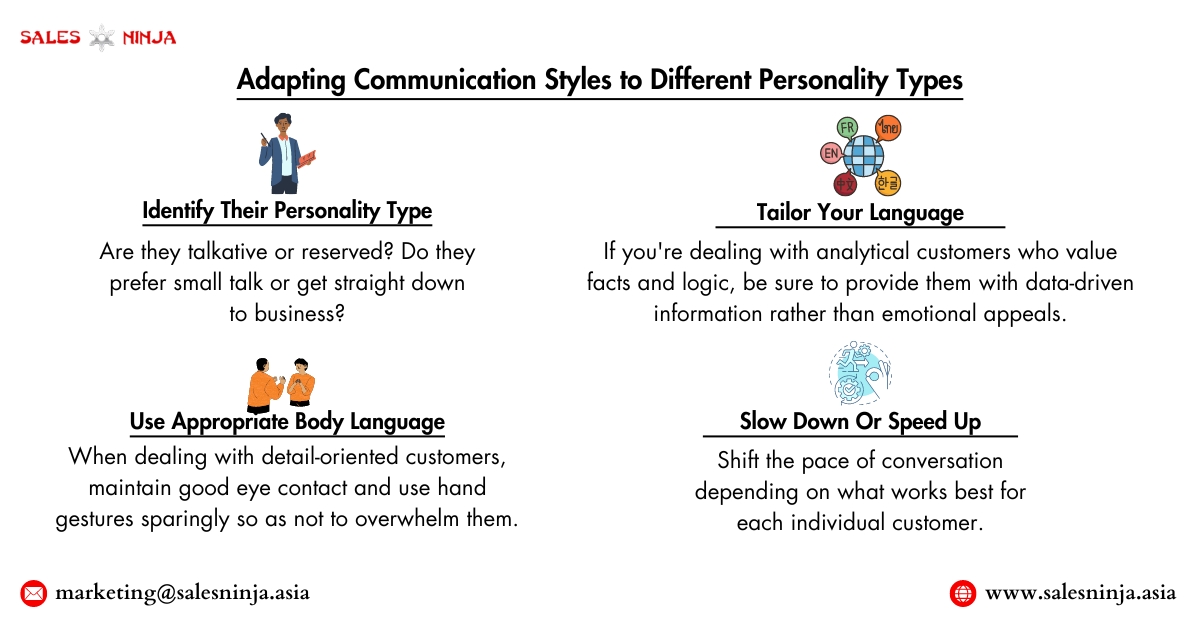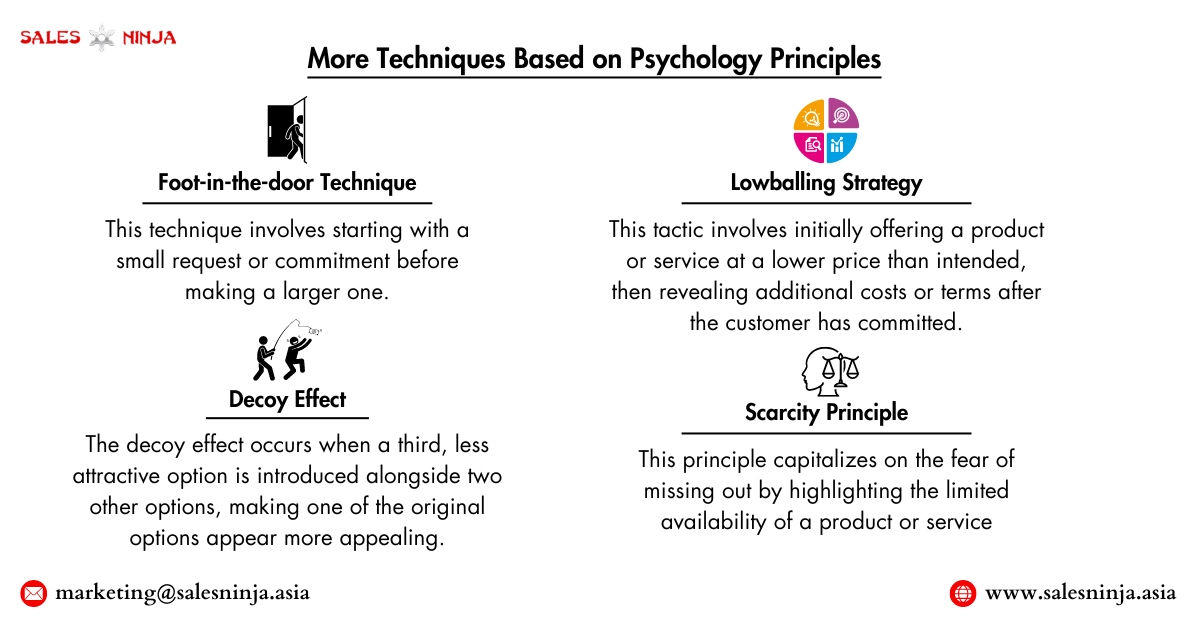There are numerous factors and attributes that play a role in closing sales. From product quality to pricing strategies, businesses often focus on perfecting these elements to attract customers and secure sales. But amidst all this attention on external factors, one crucial aspect is – ‘customer behaviour analysis.’ Yes, if you don’t know, understanding your target audience’s behaviour directly plays a significant role in sales closing.
Because of constantly changing B2B sales trends and preferences among consumers, what worked yesterday might not work today. Therefore, staying updated with customers’ behaviours, actually, gives a competitive edge in the market.
Hence, for any of you – looking to boost your sales game and close more sales deals effectively, understanding customer behavior should definitely be at the top of your priority list!
The Basics of Customer Behavior
“Customer Behaviour” refers to the actions, preferences, and decision-making processes of individuals or groups when considering or purchasing a product or service. It encompasses how customers research products, their buying habits, their responses to marketing efforts, and their overall interaction with a brand.
For example, for a new smartphone model that has the same features and specifications, some customers may prioritize the camera quality, while others may prioritize battery life or design. You need to understand these preferences so that you can tailor your approach to match the needs and preferences of each customer.
This personalized approach will increase the likelihood of closing more sales deals by aligning the product or service with the customer’s specific requirements and preferences.
Factors that influence customer behaviour
Nonetheless, you should be aware of the following three elements that affect the behaviour of your target audience:
- Psychological Factors: These factors (internal influences) include perceptions, attitudes, motivations, beliefs, and emotions. For example, a customer’s perception of a product’s quality, their attitude towards a particular brand, their motivation to make a purchase, their beliefs about a product’s benefits, and their emotional response to marketing messages all fall under psychological factors.
- Social Factors: Social factors refer to the external influences stemming from a customer’s social environment. Including family, friends, peers, culture, and societal norms. These factors shape an individual’s values, beliefs, and behaviours within their social context. For example, a customer’s purchasing decisions may be influenced by recommendations from friends or family members, societal trends, cultural customs, or peer pressure.
- Individual Factors: Individual factors refer to the unique characteristics and traits of each customer that influence their behaviour. These factors include demographic variables such as age, gender, income, occupation, education level, lifestyle, and personality traits. For example, a customer’s age may impact their preferences for certain products or services. While their personality traits may influence their buying behaviour.
Now questions may arise about how these are related to your sales closing.

Well, understanding the factors that influence your customers can help you prepare your sales pitch accordingly and turn a challenging conversation into an easy one. For example, by comprehending a customer’s emotional response to marketing messages. Sales professionals can tailor their communication to evoke the desired feelings and drive action. Additionally, adjusting the tone, content, and delivery of sales presentations based on demographic insights can enhance relevance and effectiveness, resulting in higher conversion rates.
Moreover, armed with this knowledge can help predict future consumer behaviours which aid companies in developing targeted marketing campaigns that appeal to specific segments of consumers. So you can now close more sales deals by tailoring the sales strategy according to your customer’s behavior patterns.
Understanding Customers’ Needs and Wants
Customers no longer seek mere products or services; instead, they demand solutions to their specific problems and challenges. This shift in consumer behaviour emphasizes the importance of engaging in consultative selling, where the focus is on solution selling rather than product pushing.
You see, how minor alterations in customer behaviour can have a big impact on corporate ethics as a whole. You must first comprehend their needs and desires in order to comprehend how their conduct is altering. Once more, simply knowing is insufficient—you also need to demonstrate to them—your customers—that you are aware of their requirements and desires. To do this, constantly show customers how your goods and services. You can address their issues, satisfy their requirements, and satisfy their aspirations.
Additionally, this will increase credibility, trust, and goodwill with your clients. Remember that in the long run, this consultative approach will raise the possibility of closing agreements and improve client happiness and loyalty.
How Emotions Affect Purchasing Decisions and Can Help You Close More Sales Deals
Emotions play a huge role in the purchasing decisions of customers. After all, emotions are what ultimately drive us to take action, including buying products or services. As a sales professional, understanding how emotions impact your potential customer’s decision-making process empowers you to leverage this knowledge and close more sales deals.
For example, if you’re selling home security systems, you can emphasize the risks of leaving one’s home unprotected and how your system can provide peace of mind. This is called triggering emotions.
Another effective emotional trigger is urgency. People tend to act quickly when they feel they might miss out on something valuable or time-sensitive. You can utilize urgency to close more sales deals by offering limited-time deals or promoting scarcity (e.g., “only 5 left in stock”). This motivates customers to make a quicker decision before losing the opportunity.
Building trust through authentic storytelling is a powerful tool for relationship-building in sales. It taps into customer emotions and strengthens connections with them. Instead of simply listing off features and benefits. Share real-life stories from satisfied customers who have experienced positive results from using what you offer. This creates an emotional connection between the customer and your brand while showcasing social proof. Ultimately fostering stronger relationships and driving sales success.
Lastly, remember when trying to connect with customers emotionally during the sales process, empathy is essential. Put yourself in their shoes and try to understand their needs, wants, fears, etc. Tailor your approach accordingly based on those insights. By acknowledging their emotions and demonstrating genuine care for their well-being. You build trust and increase the likelihood of them choosing you.

Adapting Communication Styles to Different Personality Types
You know the importance of tailoring our approach to meet the needs and preferences of your customers. However, their personality type can impact their communication style. An introverted customer may prefer more low-key and detailed discussions while an extroverted customer may thrive on high-energy conversations. A direct and assertive approach may work well for some customers. While others may respond better to a softer and more empathetic tone.
So what are some effective ways to adapt your communication style based on your customer’s personality type?
- Identify Their Personality Type: The first step is to pay attention to cues from your customer that indicate their personality type. Are they talkative or reserved? Do they prefer small talk or get straight down to business? Understanding these nuances will help guide your communication strategy.
- Tailor Your Language: Once you’ve identified their personality type, adjust your language accordingly. For instance, if you’re dealing with analytical customers who value facts and logic, be sure to provide them with data-driven information rather than emotional appeals.
- Use Appropriate Body Language: Non-verbal cues such as body language also play a significant role in communication. When dealing with detail-oriented customers, maintain good eye contact and use hand gestures sparingly so as not to overwhelm them.
- Slow Down Or Speed Up: Some people process information quickly while others need time to think things through before making a decision. Shift the pace of conversation depending on what works best for each individual customer.

So next time you’re interacting with a potential customer, take note of their personality type. And adjust accordingly for a more effective conversation.
Handling Objections Effectively: The Key to Closing More Sales Deals
As businesses, our main goal should be to satisfy the needs and wants of our customers. One crucial step in achieving this goal is acknowledging and addressing their objections.
Acknowledging customer concerns demonstrates that you value their opinion and are genuinely interested in finding a solution that works for them. This fosters trust and strengthens the relationship. This, in turn, significantly increases your possibility to close more sales deals.
Looking for further insights on overcoming objections in sales, specifically related to price objections in B2B sales? Check out this helpful resource: https://salesninja.asia/ninja-blog/overcoming-price-objections-in-b2b-sales/
More Techniques Based on Psychology Principles
Sales professionals often ponder over various aspects of their craft, from building a sales team to developing a robust sales prospecting plan. But amidst these considerations, one fundamental question remains: how do you make sales? Effective sales techniques often rely on understanding the psychology behind customer decision-making. So, let’s explore some techniques (based on Psychology Principles) in detail to understand how they can be incorporated into your sales management style and applied when asking for a sale.
- Foot-in-the-door Technique: This technique involves starting with a small request or commitment before making a larger one. For instance, asking a customer to sign up for a free trial before pitching a paid subscription can increase the likelihood of them saying yes.
- Lowballing Strategy: This tactic involves initially offering a product or service at a lower price than intended. Then revealing additional costs or terms after the customer has committed. The idea is that once the customer has mentally committed to the purchase. They are more likely to agree to the additional terms.
- Decoy Effect: The decoy effect occurs when a third, less attractive option is introduced alongside two other options. Making one of the original options appear more appealing. For example, offering three subscription tiers where the middle option seems like the best value compared to the other two.
- Scarcity Principle: This principle capitalizes on the fear of missing out by highlighting the limited availability of a product or service. Phrases like “only 5 left in stock” or “offer expires soon” can create a sense of urgency and drive customers to make a purchase decision sooner.

Mastering Customer Behavior to Close More Sales Deals
Understanding customer behaviour is essential for successful selling. We encourage you to integrate these techniques into your sales strategies. However, mastering these skills requires time and practice. Therefore, investing in sales training programs can help your sales professionals further refine their abilities.
In this instance, we’re excited to present our “B2B Sales Ninja” public training program as an amazing chance for you! If you want to improve your sales methods and use AI technology into your sales process, this curriculum is a must-have. Visit our website to learn more and register your team today! For additional insights and ongoing sales training tips, subscribe to our newsletter.




